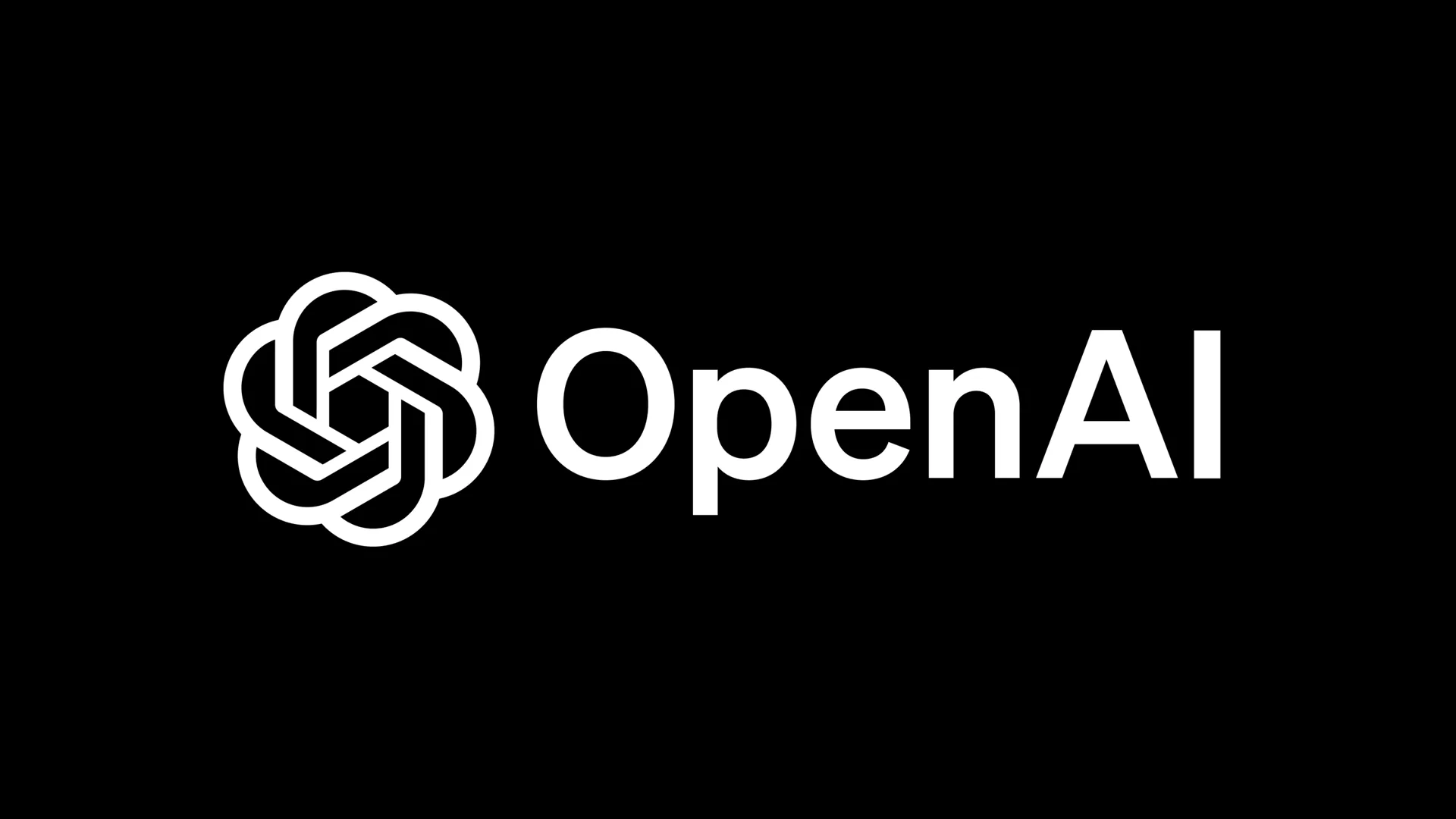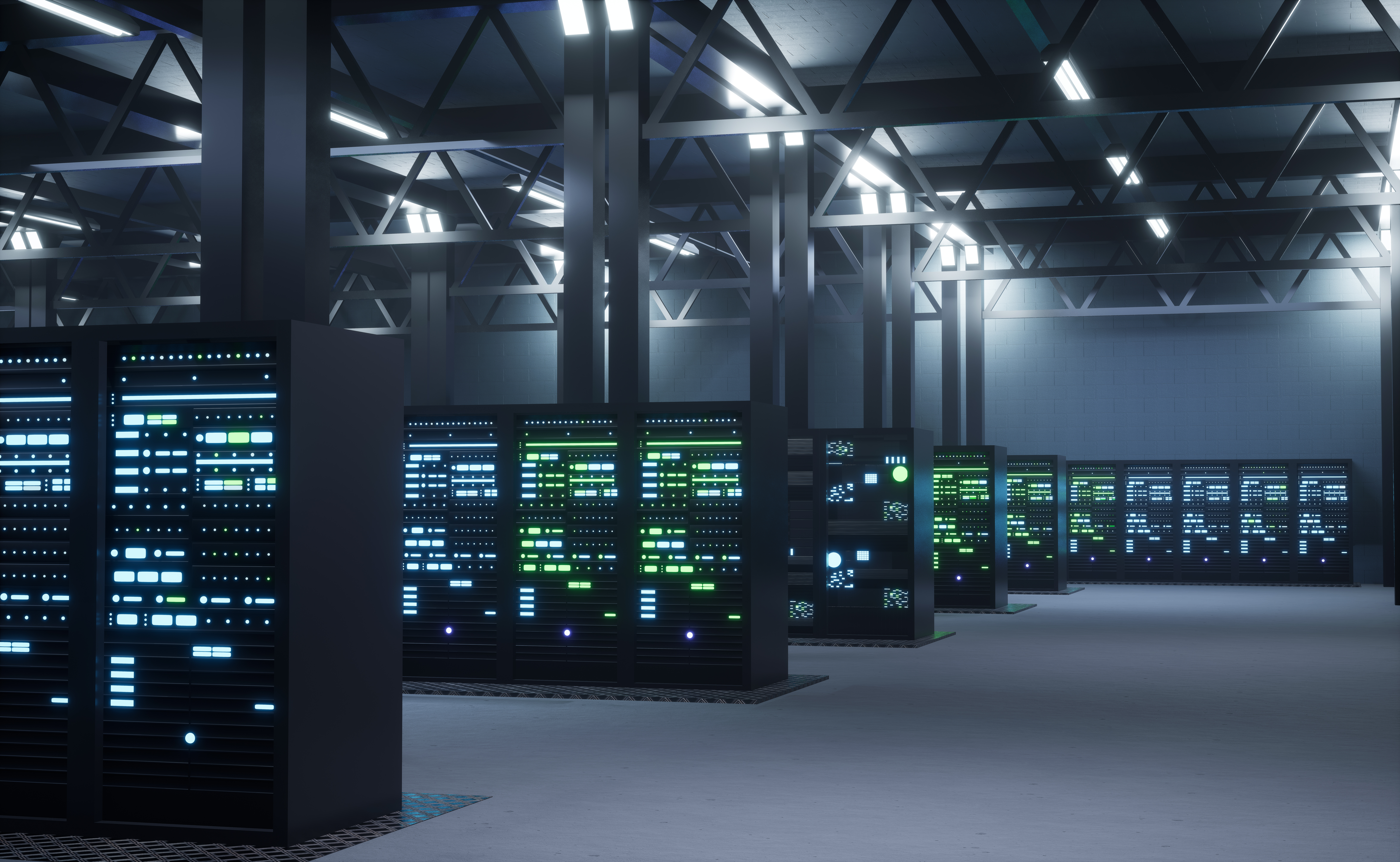The US tech company, Cars.com, has unveiled Carson, a multilingual AI search engine designed to revolutionise the online car shopping experience.
Instead of relying on complex filters, Carson interprets natural language queries such as ‘a reliable car for a family of five’ or ‘a used truck under $30,000’, instantly producing targeted results tailored to each shopper’s needs.
A new AI feature that already powers around 15% of all web and mobile searches on Cars.com, with early data showing that users engaging with Carson return to the site twice as often and save three times more vehicles.
They also generate twice as many leads and convert 30% more frequently from search to vehicle detail pages.
Cars.com aims to simplify decision-making for its 25 million monthly shoppers, 70% of whom begin their search without knowing which brand or model to choose.
Carson helps these undecided users explore lifestyle, emotional and practical preferences while guiding them through Cars.com’s award-winning listings.
Further updates will introduce AI-generated summaries, personalised comparisons and search refinement suggestions.
Cars.com’s parent company, Cars Commerce, plans to expand its use of AI-driven tools to strengthen its role at the forefront of automotive retail innovation, offering a more efficient and intelligent marketplace for both consumers and dealerships.
Would you like to learn more about AI, tech and digital diplomacy? If so, ask our Diplo chatbot!










